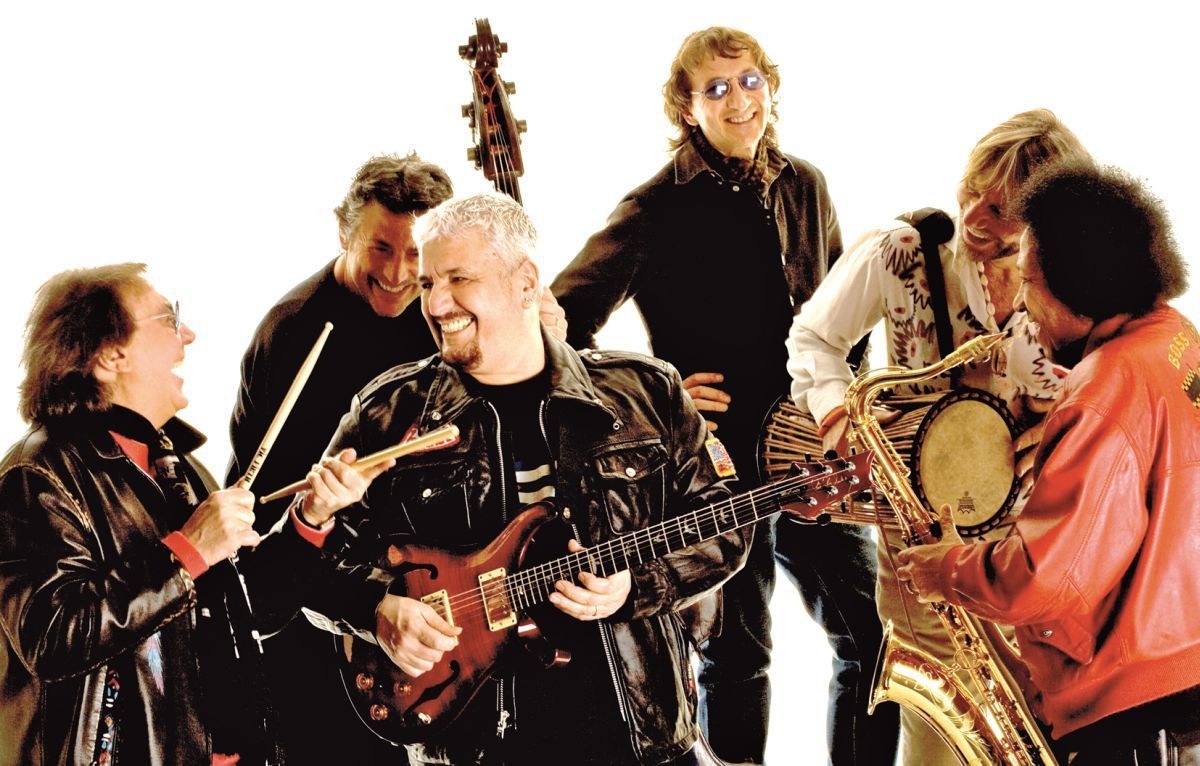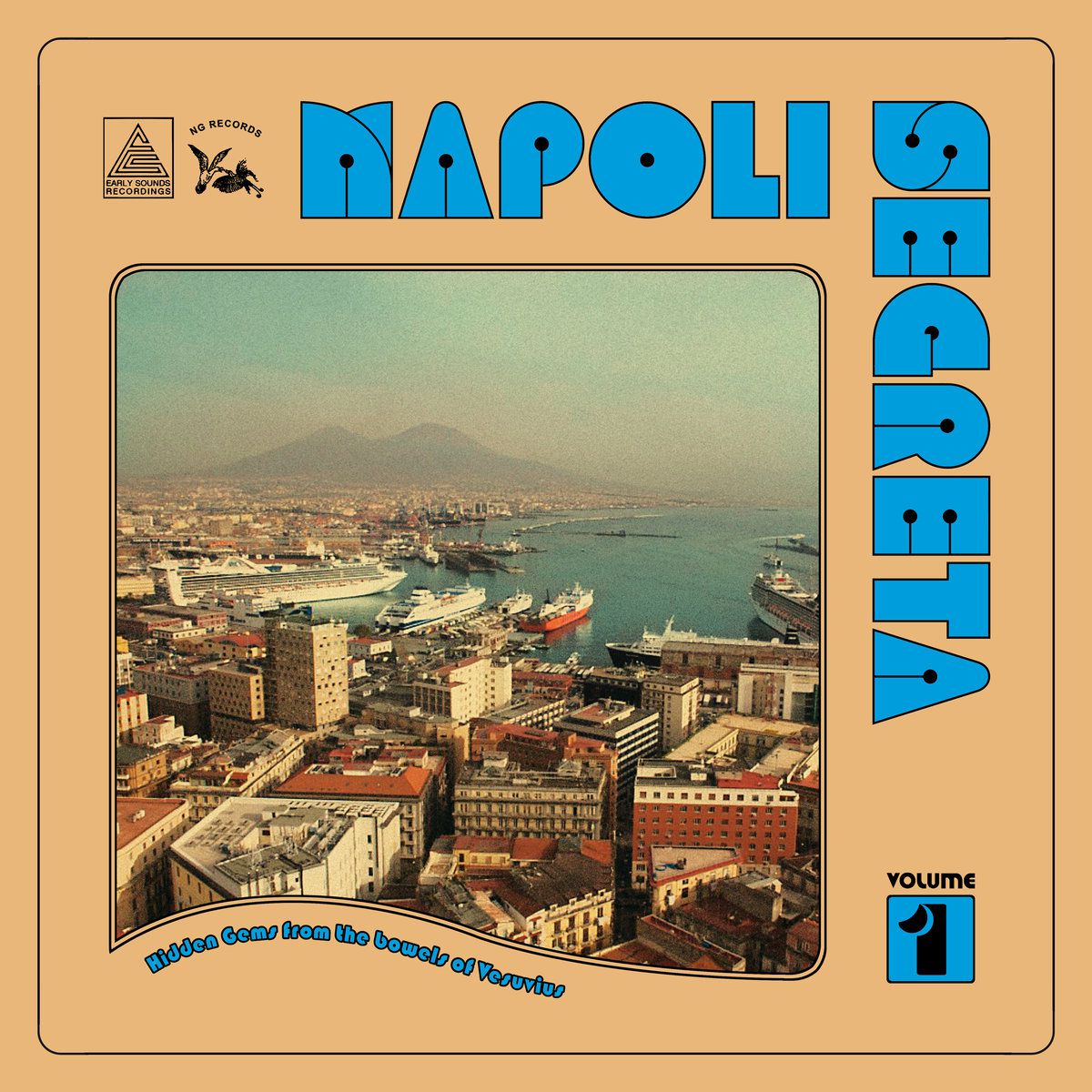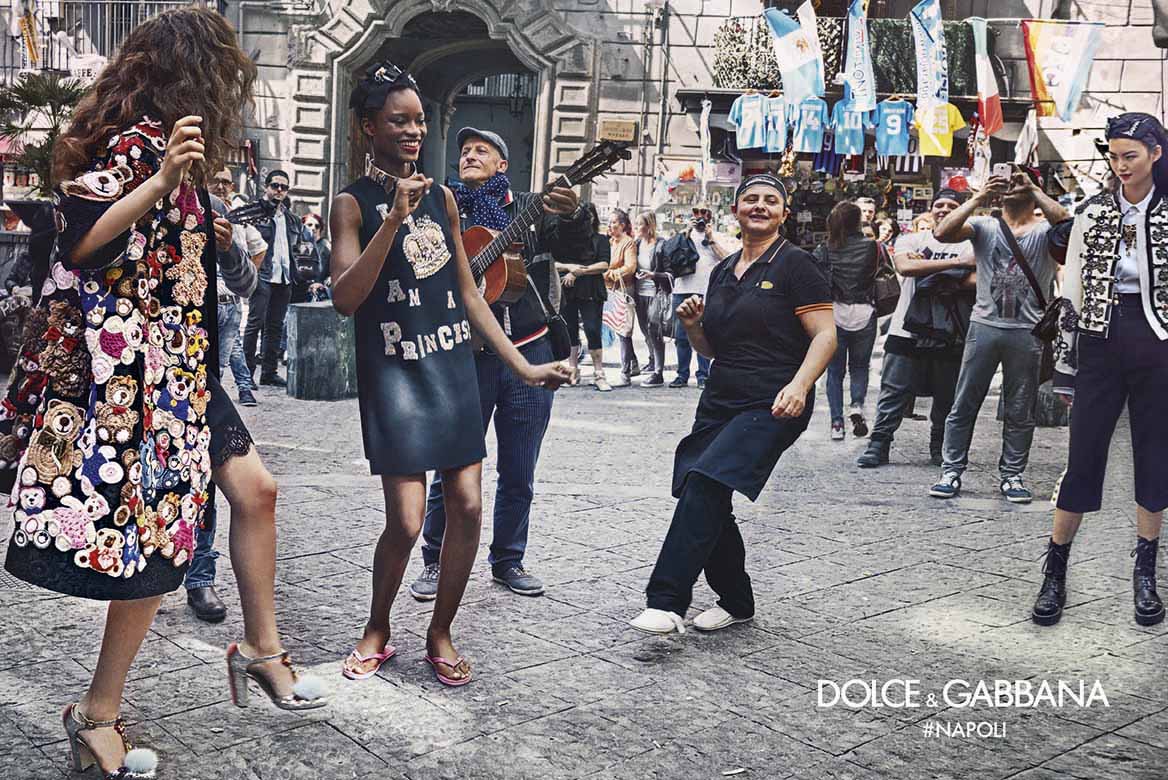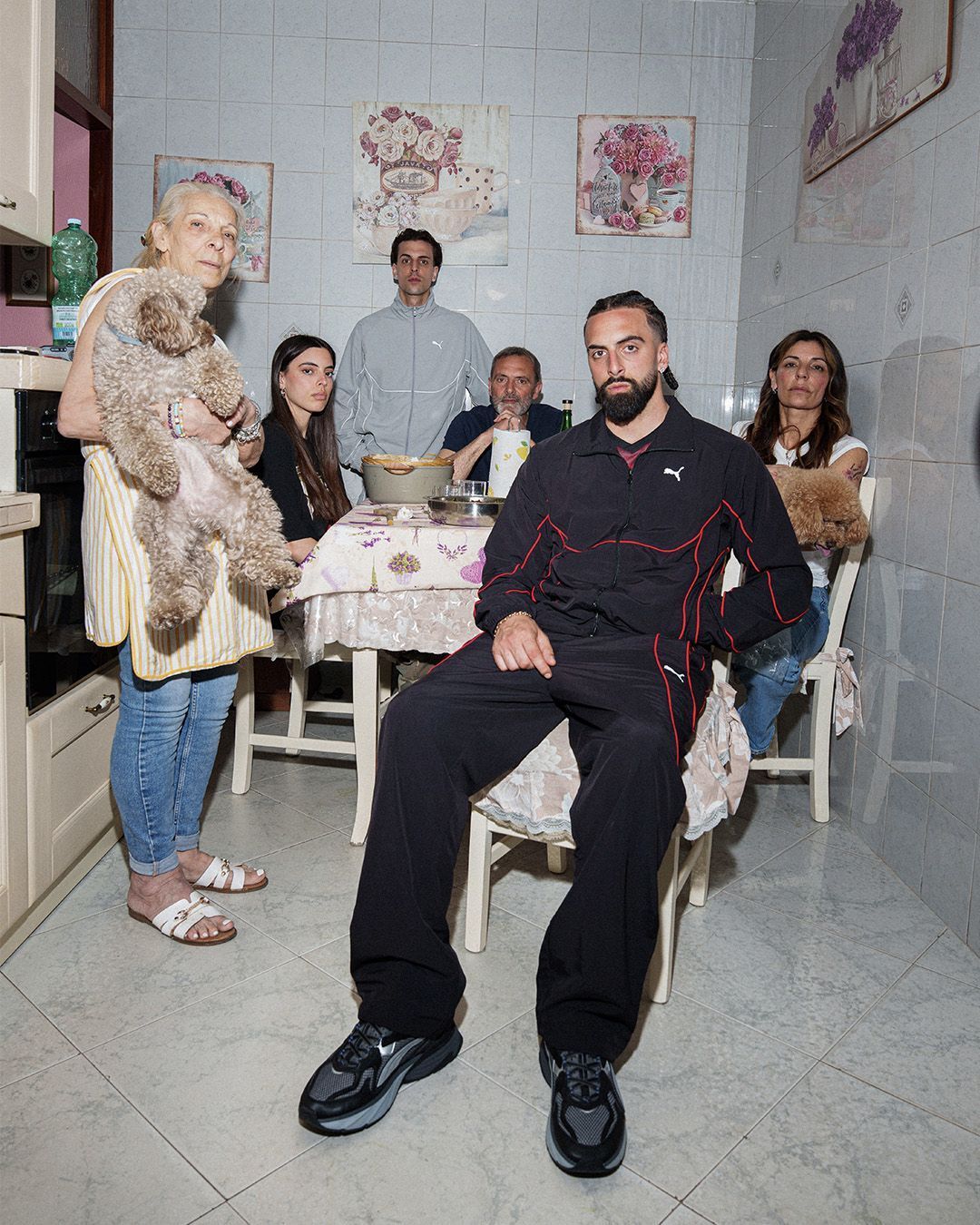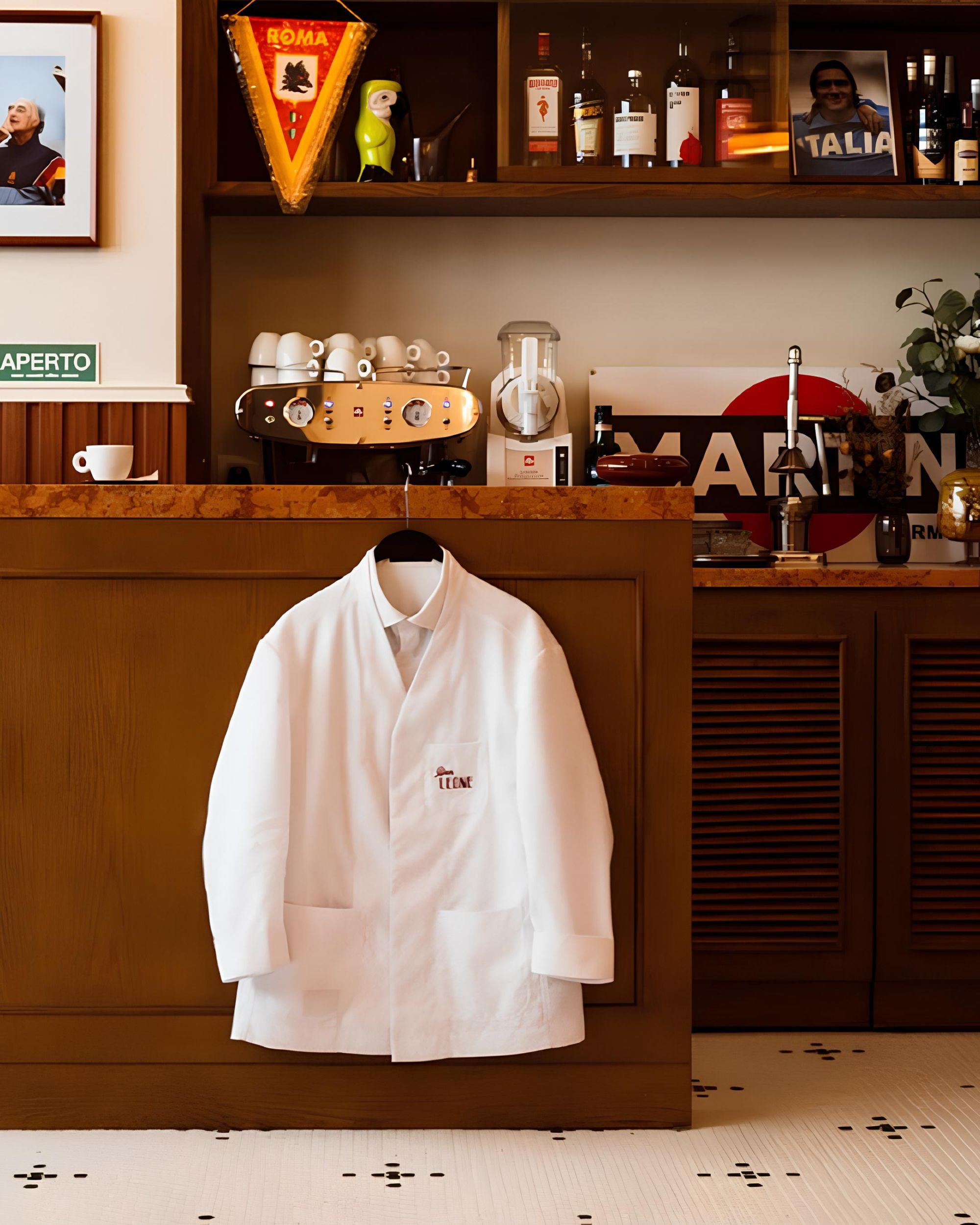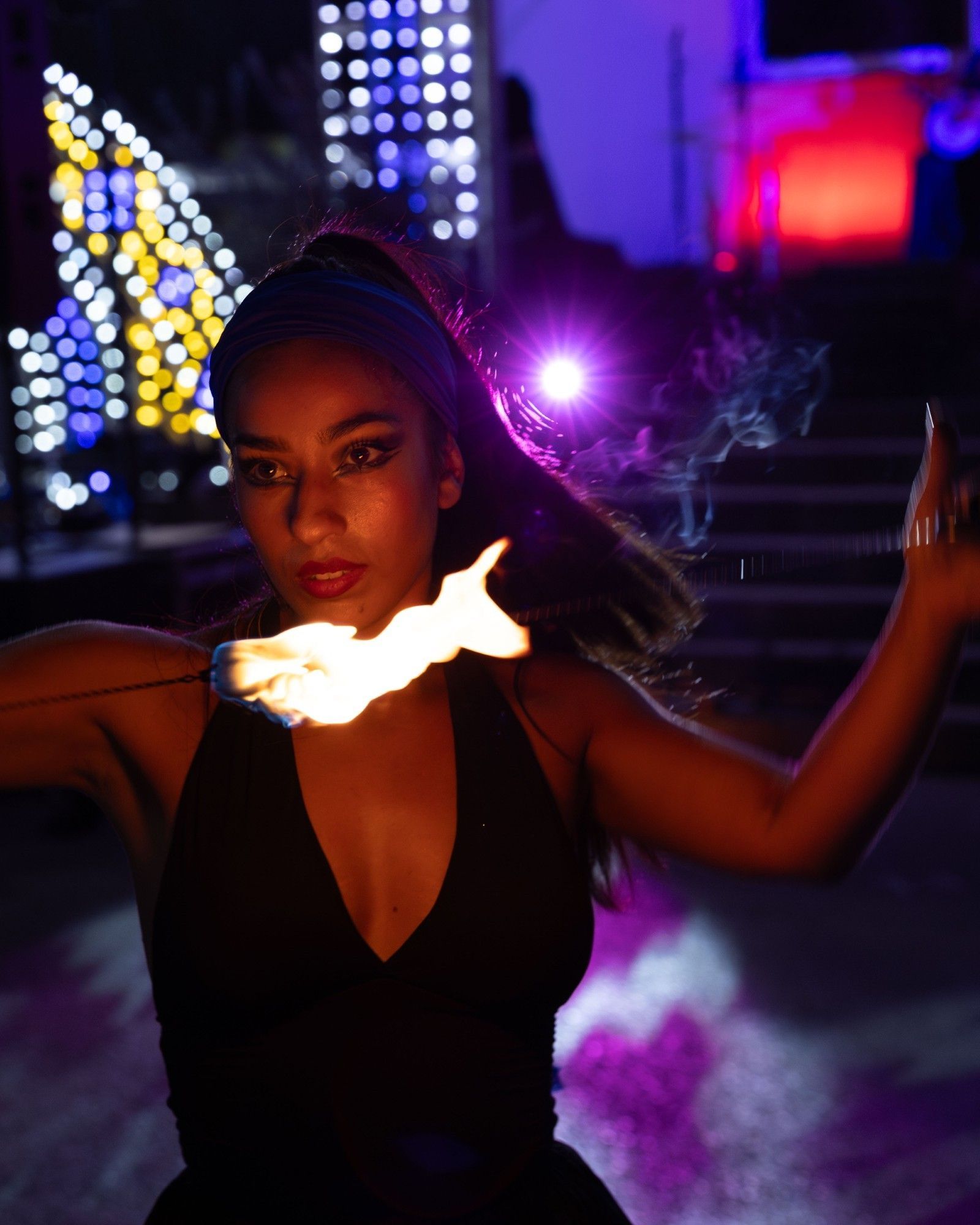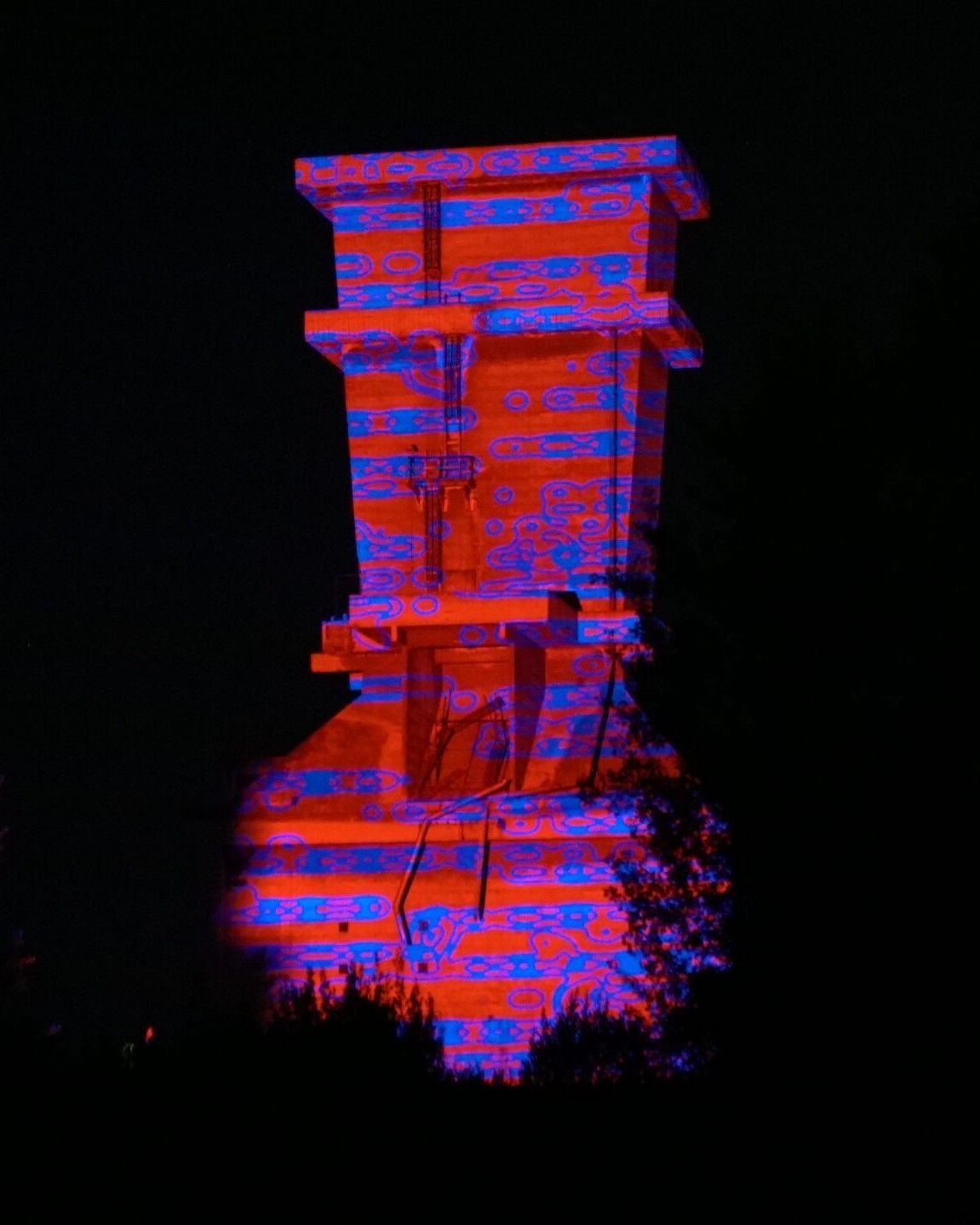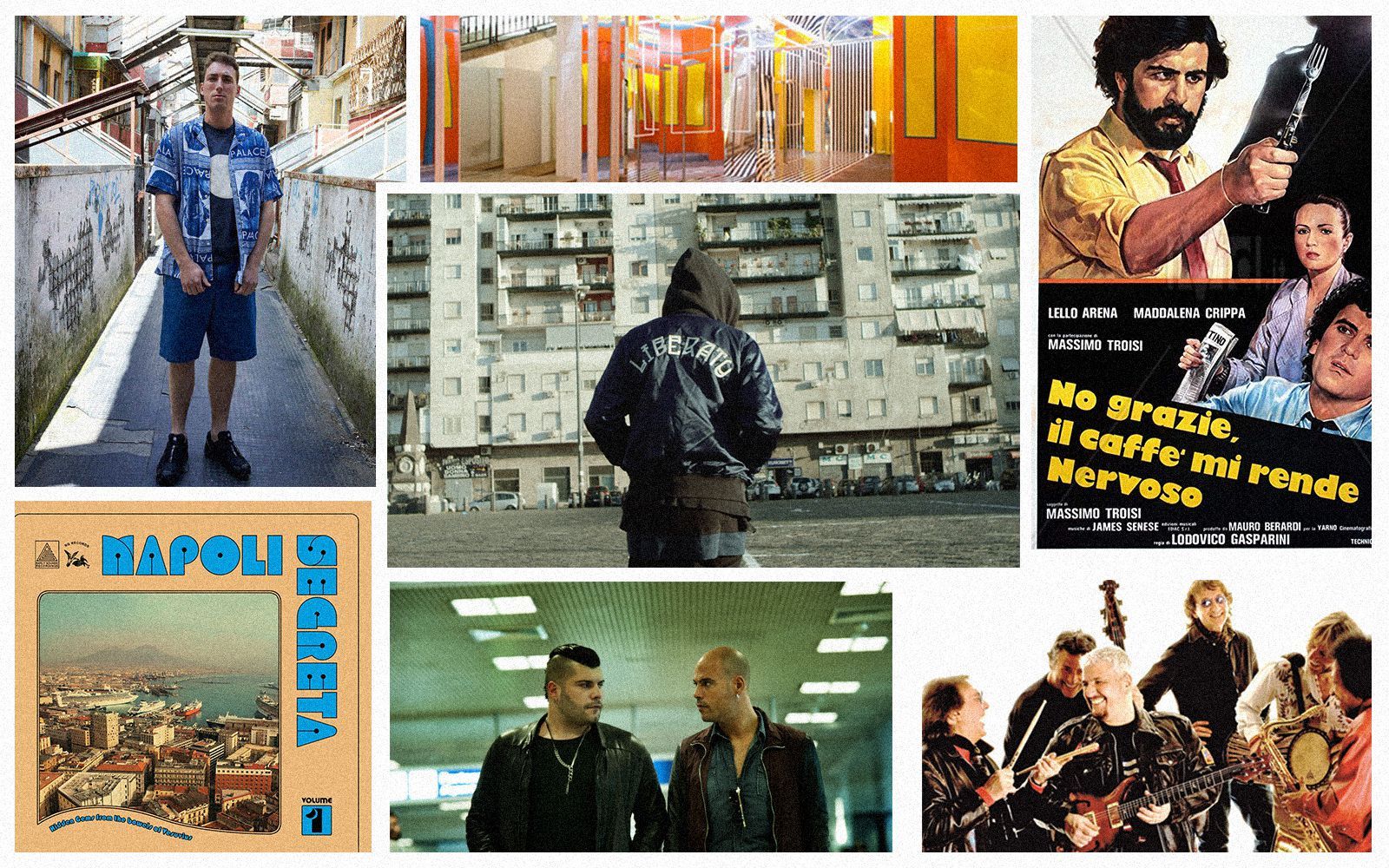
The "New Naples" - A music and cultural success A relaunch that start from Off-White, Palace, Gomorra and LIBERATO
«Napule nun’ adda cagna’!», «Naples must not change!».
Funiculì Funiculà - the antihero of the journalist played by Lello Arena in “No grazie, il caffè mi rende nervoso” - used this slogan to try to sabotage the first edition of a new festival, Nuova Napoli, that should have involved also James Senese and Massimo Troisi, two of Naples new faces.
The movie, shot by Lodovico Gasparini, showed in a simple and effective way the dualism of the city, among modern creativity and tradition, a tradition that, often, seems to be too big to be forgotten. For years, the image of Naples has been linked with its “idilliac” idea, that, on one hand, was useful to make the city known in the world, on the other hand risked to stop its evolution. The Neapolitan idea of evolution has always been related to the idea of contamination, multiculturalism, since the end of WWII, when it became the gate for the entrance of black music in Italy. A music played by name such as Mario Musella, James Senese, Pino Daniele and Napoli Centrale. They used to call it Neapolitan Power, an anthem for musical innovation mixed with local patois.
It’s then not casual if the Nuova Napoli 2.0 starts right from music, from a reinterpretation that we can define post-Neapolitan. “Nuova Napoli” was also the title of the last album by Nu Guinea, released in 2018 and that played a huge role in the creation of a “genre”, that could also be defined as a movement. Jack Needham on Bandcamp Daily call it “Neapolitan Funk”, making a reference to the funk matrix that originates many player of this movement: Mystic Jungle, Whoodamanny, Milord, Modulo, SuperMegaFunkinMachine, «Our music is a mix of the cultures we’ve had in our lands: you recognize Arabian scales, Afro influences, and Spanish guitar riffs in our music» says Pellegrino Snichellotto, Early Sound Record founder and part of that movement we just named. From the same will of discover something new from the old tradition that the Napoli Segreta project is born: Nu Guinea, Famiglia Discocristiana and DNApoli made ancient gems from Neapolitan music shine again.
Also thanks to the graphic helè by Dopolavoro, communication agency placed in Naples that made the cover and the press image for Napoli Segreta. From the very same idea started the photographic project We Belong To Naples, made on Instagram by the photographer Dastpics - who also shot for the rapper Luche. The one from WBTN is a project that bet on ordinary days picture and the re-evaluation of their beauty.
A kind of beauty that bring to mind a very street aesthetic, fundamental in the nowadays era of streetwear. We can then understand brand like Palace and Off-White that placed in Naples their last campaign - the one from Palace was also shot by Juergen Tellen, choosing places that the classical Italian brand - like Dolce & Gabbana - would never choose. Also this is Nuova Napoli. The tourist explosion of the city came together with the rise in the local cultural offer. Museo Madre is a very good example of New Neapolitan taste in art. Located in the heart of Naples - right beside to the Duomo of San Gennaro, where evey year the famous “miracle” happens - the contemporary art museum is now, after some initial troubles, a must-see attraction of the city.
It’s then quite obvious to remember how movies and tv shows helped that idea itself of Naples to spread. Gomorrah represented the sublimation of the Italian way of doing television, being also able to intercept aesthetic and musical trend of the Nuova Napoli, not necessarily linked to the inner city. Like the infamous Gommorah Sound, that found in rap and trap a new way to express Neapolitan creativity, with artist like Lucariello, Enzo Dong and now Geolier, Vale Lambo e Lele Blade, MV Killa, Samuray Jay, and all the artist around the Ex Voto Studios, like Dat Boi Dee and Yung Snap.
The international side of the project is also shown by LIBERATO. Taking the distances from the Neapolitan music tradition and using only the Neapolitan patois, LIBERATO was able to represent Naples with the image he evoked. in this mission was fundamental the help of Francesco Lettieri, in order to show a city that was always there but that nobody wanted to see like that. If we could express Nuova Napoli in few words, we could say that this utopia is made by the will of making Naples attractive simply by showing its true nature.










































